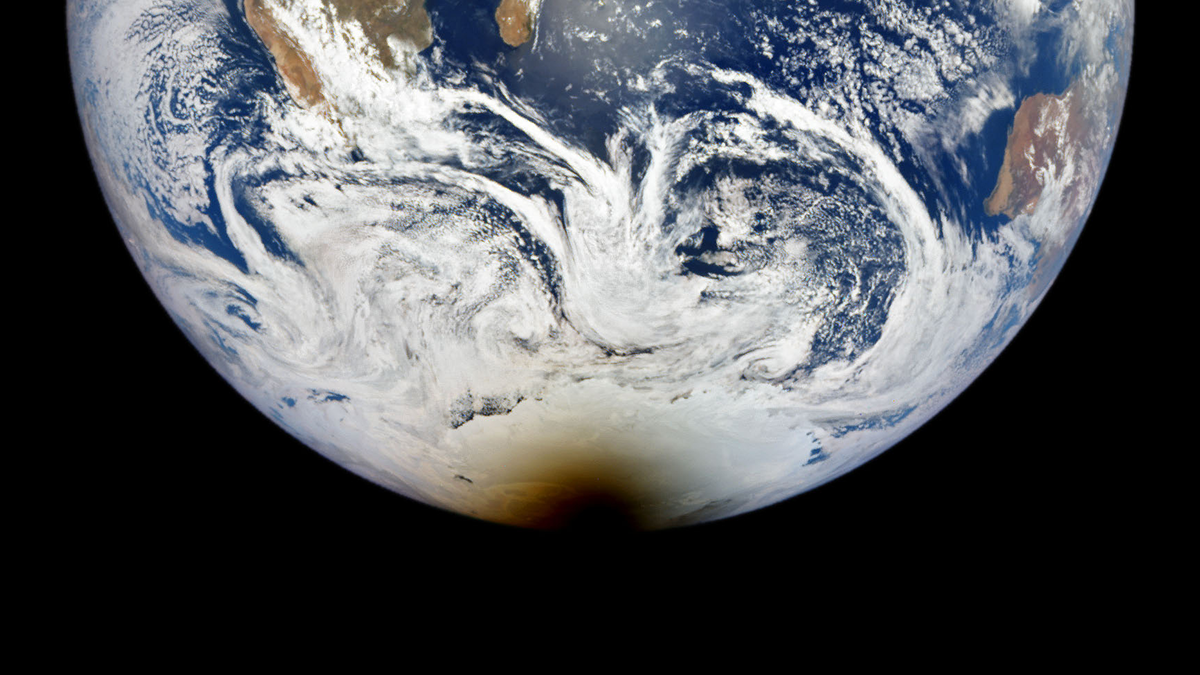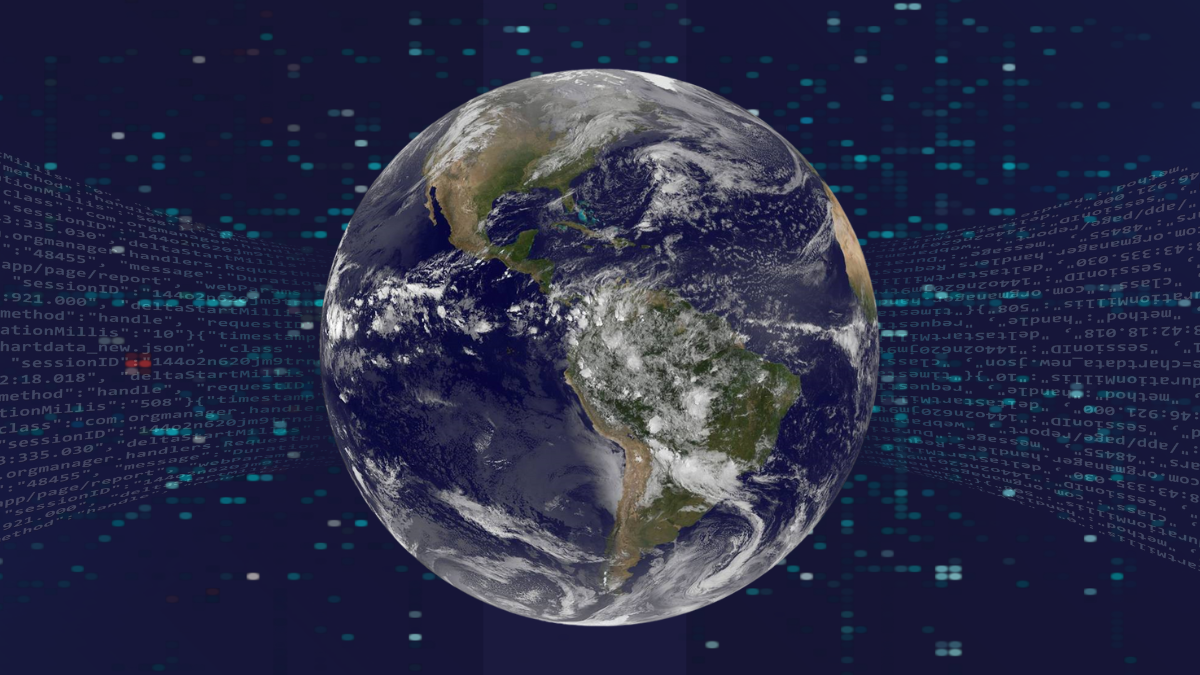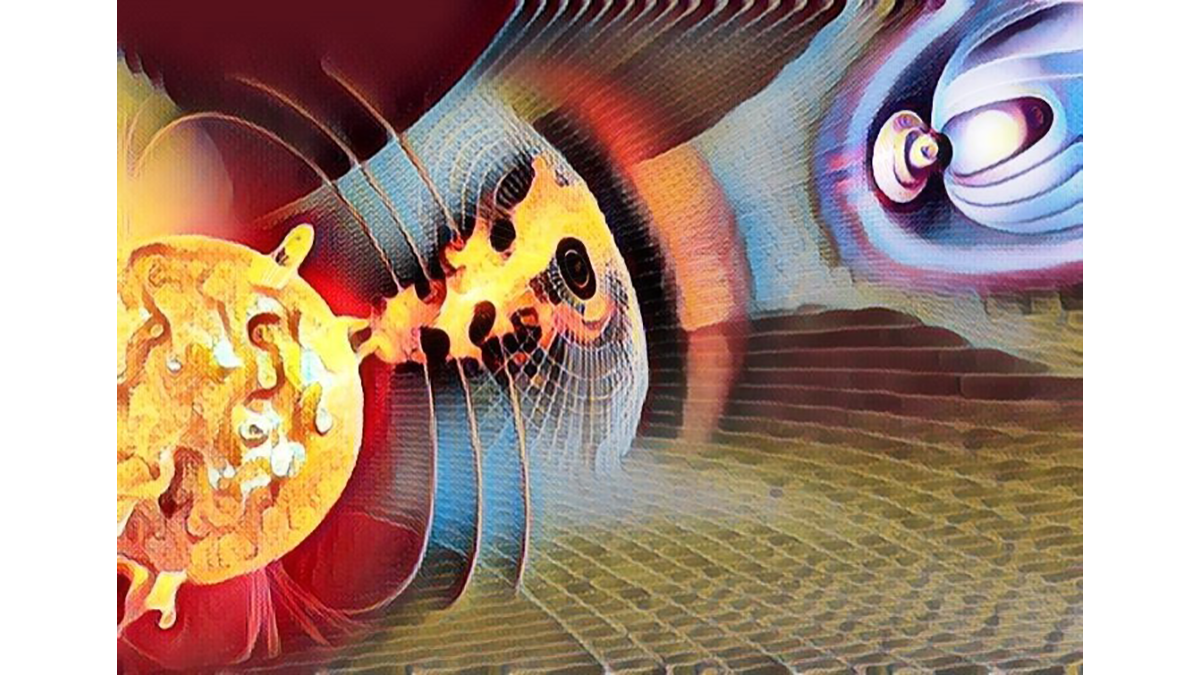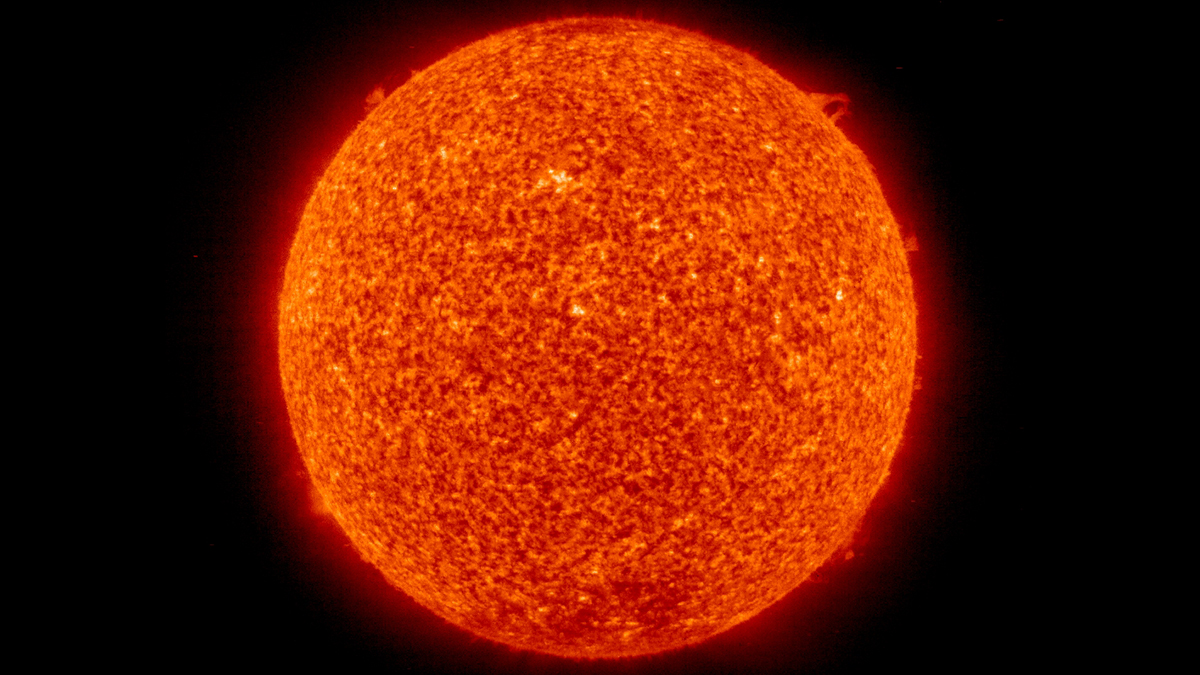A new book explores the fundamental role that helicities play in different astrophysical and geophysical phenomena and presents perspectives from various scientific disciplines that study them.
the Sun
Solar Eclipses May Initiate Disturbances in Geospace
The statistical evidence from 21 years of data suggests that a solar eclipse may trigger a geomagnetic substorm, which is a disturbance in the Earth’s magnetosphere and ionosphere.
Magnetic Tangles Drive Solar Wind
Energetic collisions between magnetic fields produce gusty solar wind.
How Big Data is Helping Environmental and Climate Research
A new special collection invites papers focusing on the processing, modeling, and analysis of all types of big datasets in the Earth and space sciences, including the influence of solar forcing on Earth’s climate.
Updated Reference Standard for Total Solar Irradiance
Version 2 of the Total and Spectral Solar Irradiance Sensor-1 Hybrid Solar Reference Spectrum captures a spectral resolution spanning 0.115-200 micrometers and integrates nearly 100% of the TSI energy.
Machine Learning Helps to Solve Problems in Heliophysics
A new special collection invites papers pertaining to the use of machine learning techniques in all sub-fields of heliophysics.
Shake, Rattle, and Probe
Helioseismology allows scientists to study the interior of the Sun, solve some basic physics mysteries, and forecast space weather.
11 Discoveries Awaiting Us at Solar Max
Each solar cycle might seem like the same old story, but one thing has changed significantly since the previous solar maximum–our technology.
Why Did Sunspots Disappear for 70 Years? Nearby Star Holds Clues
Five decades of data revealed a star undergoing a pause in magnetic activity similar to what the Sun experienced almost 400 years ago.










